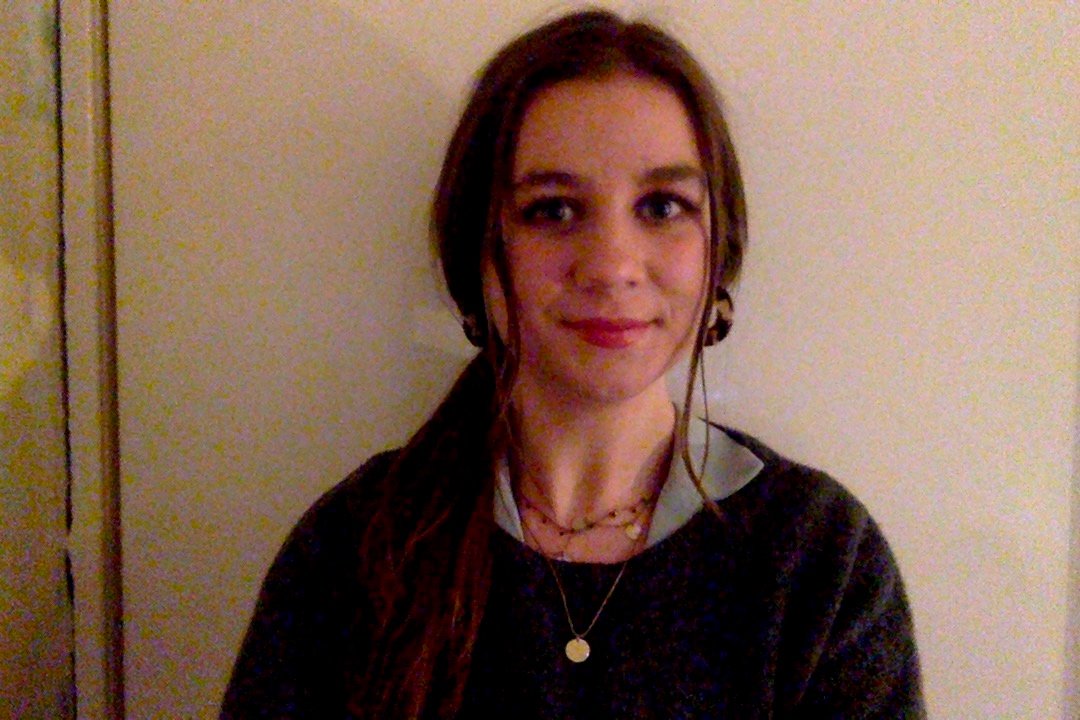What exactly is love? Ask a behavioural psychologist, a cognitive psychologist or even a neurobiologist and they’ll likely tell you that, sorry, there’s no one simple answer.
“Many scientists agree that there are different forms of love, but a lot of us are reductionists – we focus on the brain. That’s not to say that your environment or circumstances don’t play a role, but it all begins in the brain,” says Dr Sandra Langeslag, a behavioural neuroscientist at the University of Missouri.
Many scientists examine love through the framework put forward by Dr Helen Fisher, a biological anthropologist. She proposed that three types of love form ‘romantic love’.
The first of these is lust. It’s motivated by sex hormones like oestrogen and testosterone that are swiftly followed by attraction. In this second stage of attraction or infatuation, researchers have measured increases in dopamine and noradrenaline which we know as 'feel-good chemicals'.
Along with greater levels of these happiness hormones, we often see a decrease in serotonin. Low levels of serotonin are associated with obsessive mental states.
Following infatuation, the third and final stage in this framework is attachment. This moves you from a place of arousal to a state of calm and comfort in your loving relationship. Think of it as chilling on the couch de-stressing from work, says Langeslag.
So how do I know if I love somebody romantically?
Attachment is probably most common across all forms of love, experienced across different types of relationships. But it’s the unique combination of all these three stages that help us distinguish between a loving friendship and being in love.
If you are attracted to, lust for and build comfort and safety with another person then we’ve got news for you: you’re likely hovering around this thing called romantic love.
“I don’t know if there’s a set line between the many different types of bonds we form and romantic love, but one factor is definitely the desire to engage in sexual intimacy with another person,” says Professor Zoe Donaldson, a behavioural neuroscientist.

Yet, it’s not agreed among scientists if it can be simplified to this. Donaldson adds science can provide incredibly useful insight, but in trying to distil down the complexities we can miss the nuance captured in literature.
“We know when people are infatuated they often experience sexual desire. But not always, of course: you can experience sexual desire without being infatuated with someone,” says Langeslag.
In her research, Langeslag has used neuro-scanning technology to learn more about the complex ways love looks in the brain.
“Different forms of love have different neural signatures in the brain. It is not simply one brain region involved in lust, one for attachment and so on,” she says. “You are feeling, thinking and acting in each of these forms. So, your entire brain will be involved in all three of those, but in slightly different ways. And, we don’t know yet exactly what the differences are.”
Can anyone fall in love?
“We all have this capacity to form attachments. People do have different attachment styles, such as secure and insecure attachment. And dimensions of personality traits like neuroticism map onto attachment styles too,” says behavioural neurobiologist Professor Steven Phelps.
Scientists have found that in vulnerable relationships, where one partner reports feeling more in love than another, these hormones also come into play. In 2017, researchers measured higher oxytocin levels in the saliva of more invested partners after thinking about their relationship and lower levels in those of less invested partners.
Personality comes into play to some extent, in terms of how an individual may engage with others. For instance, according to positive development psychologist Professor Saeideh Heshmati, people who have higher levels of neuroticism appear to have shorter relationships. Yet, at the same time, she also found that neuroticism, alongside agreeableness, increases a person’s awareness and understanding of love.
So, can animals fall in love?
Humans are socially monogamous, creating long-lasting romantic relationships, but unlike some prairie voles who can mate for life, we rarely have only one sexual partner.
However, more animals than you might think show some degree of monogamy. “There are a variety of species showing partner attachments, from prairie voles, to poison frogs and even fish species – cichlids are monogamous. We need to study more animals that show this behaviour,” says Phelps.
Read more about the science of love:
The difference between forming a monogamous attachment and maintaining a loving relationship is subtle and less common across species.
“Attachment is a biological process in many species, which includes acting to bring joy and to avoid causing them pain to a partner. I think what's novel is our ability to take that and add to it some very subtle notion of who that person is, and what might bring them joy or pain specifically,” says Phelps.
